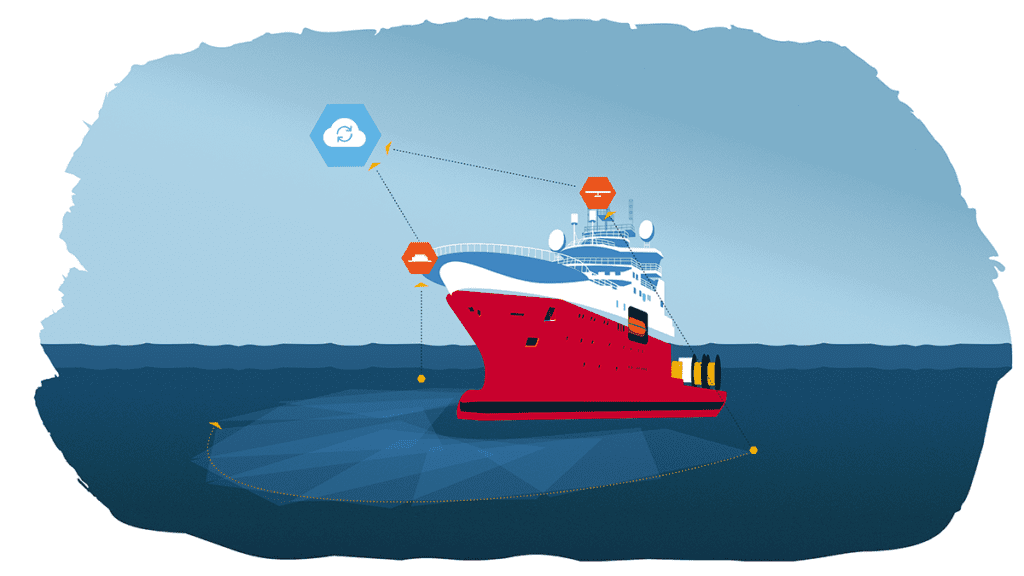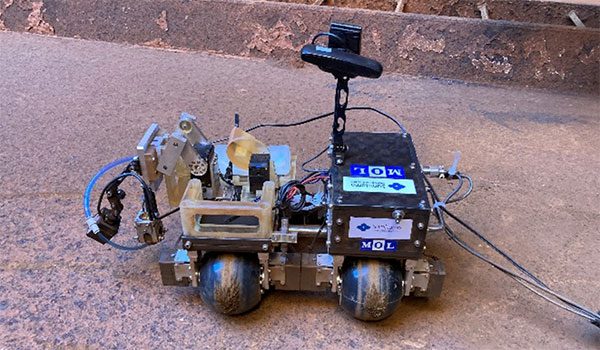28 November 2024
Cable-Laying Vessel Installs IoT Technology

Norwegian sea-state monitoring firm Miros has installed its WaveSystem IoT dry-sensor onboard Prysmian’s cable-laying vessel, Leonardo da Vinci.
The technology, including Miros Cloud Services, delivers real-time wave, current, and speed through water data onboard the 170-meter long vessel.
Features & Benefits
Particularly, the innovative Miros WaveSystem comprises the following;
- Miros Wavex virtual sensor designed for wave and current measurements using data from standard marine X-band radars
- The motion-compensated Miros RangeFinder high-frequency vertical microwave radar providing sea level and draught measurements
Nonetheless, the incorporated IoT sensors are stand-alone devices with embedded processing. Additionally, a browser-based user interface, meaning no integration or external processing is required.
Wait. What is IoT?
Furthermore, as with all installed sensors, no instrumentation is submerged in water, for hassle-free installation. Moreover, this plug-and-play technology calibrates automatically. Hence, it only needs power and an Internet connection to start delivering real-time data.
Along with increased operational safety, the company claims that the system can provide 60-80% costs savings compared to wave-buoys.

Comments
“A key area in our discussions with Prysmian was the ease and availability of real-time data accessible through our cloud-based Graphical User Interface (GUI) Miros.app. We believe the ability for Prysmian to access and share real-time wave and current data across departments is an important aspect for both onshore and vessel-based personnel and key to their digital journey.”
Andrew Wallace, vice president for Offshore Solutions at Miros.
The vessel completed its first trip to open sea in June, after which it carried out sea trials. Thus, Prysmian took delivery of the new cable layer at the beginning of August.
Source: Miros


